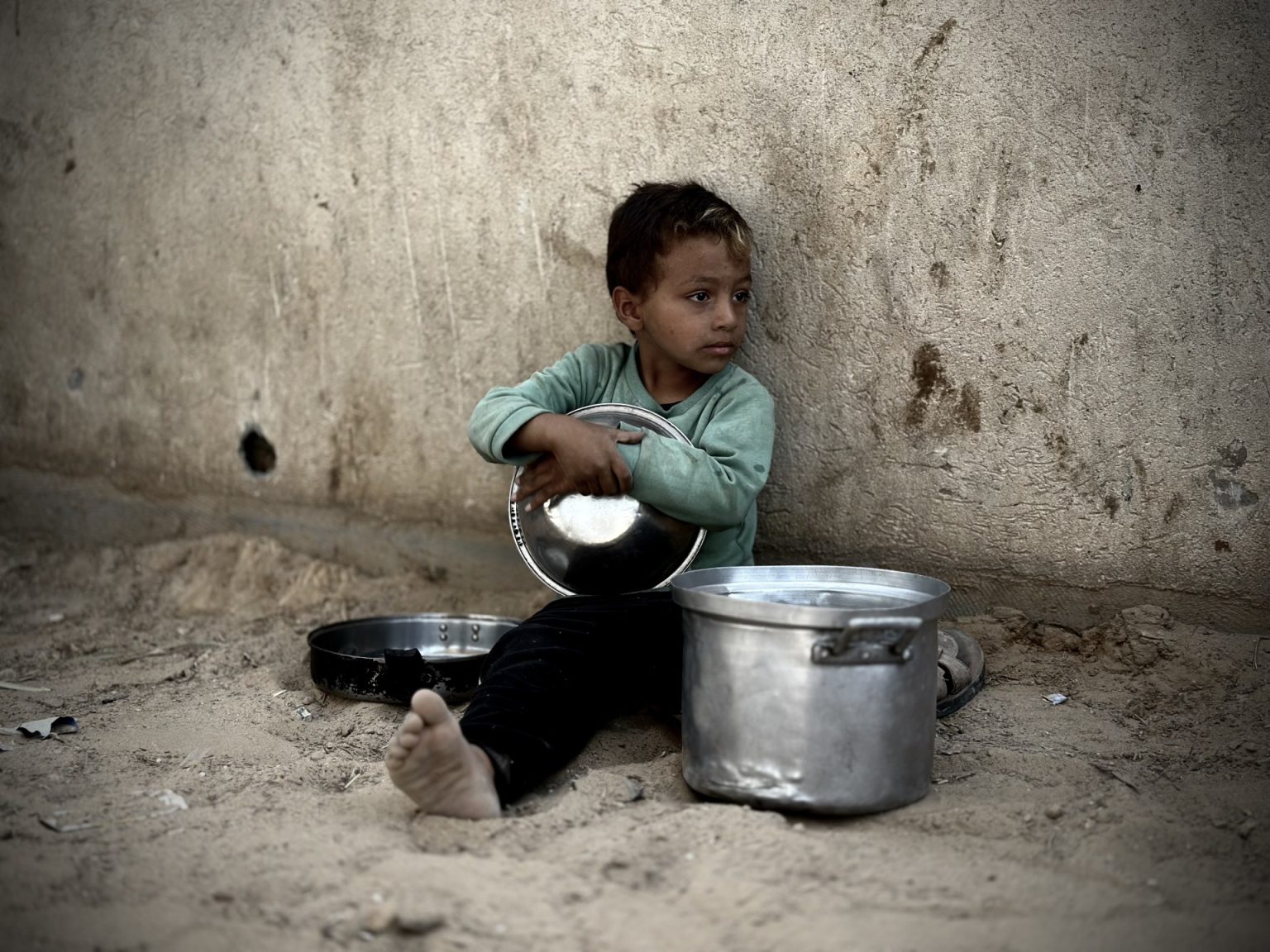The United Nations Food and Agriculture Organization and the World Food Programme have identified the Palestinian territory, Sudan and South Sudan, as well as Mali and Haiti, as the top five places most likely to experience deadly hunger levels in the coming months. In a joint report, the agencies warned that acute food insecurity is expected to increase in both magnitude and severity across 22 countries and territories. They attributed this trend to the spread of conflict, particularly in the Middle East, as well as climate and economic stressors pushing millions of people to the brink of starvation. They highlighted the regional fallout from Israel’s war in Gaza, Lebanon’s conflict, and the potential impact of the La Nina weather pattern on already vulnerable regions.
The report expressed very high concern for countries such as Nigeria, Chad, Yemen, Mozambique, Myanmar, Syria, and Lebanon, where conflict is either a key driver of hunger or a contributing factor. It noted that without immediate humanitarian efforts and international action to address severe access constraints and advocate for de-escalation of conflict and insecurity, further starvation and loss of life are likely in these regions. The agencies also mentioned that funding for humanitarian assistance has declined for the second year in a row, with 12 appeals facing significant funding shortfalls, including countries like Ethiopia, Yemen, Syria, and Myanmar.
In Gaza, a surge in hostilities has raised concerns about the possibility of famine, with 41 percent of the population facing emergency levels of hunger and 16 percent facing catastrophic levels from November to April. In Sudan, the Zamzam camp in North Darfur is expected to face famine due to conflict-induced displacement, while in South Sudan, the number of people facing starvation is projected to nearly double from the previous year, with the lean season between harvests exacerbating the situation. Severe flooding in South Sudan has also affected over a million people, in a country already plagued by violence and economic stagnation.
In Haiti, ongoing unrest due to gang violence, economic crisis, and hurricane activity is expected to worsen critical levels of hunger in the impoverished Caribbean state. Similarly, in Mali, escalating conflict following the withdrawal of the UN peacekeeping mission in 2023 is likely to worsen already critical levels of hunger, with armed groups imposing blockades on towns and roads hindering humanitarian aid. The report highlighted that the effects of conflict on food insecurity extend beyond the destruction of livestock and crops, disrupting livelihoods, income, market access, and resulting in price fluctuations and erratic food production and consumption. High-risk regions are also susceptible to extreme weather caused by events like La Nina, which could exacerbate hunger conditions further, posing additional challenges for food security in these areas.


